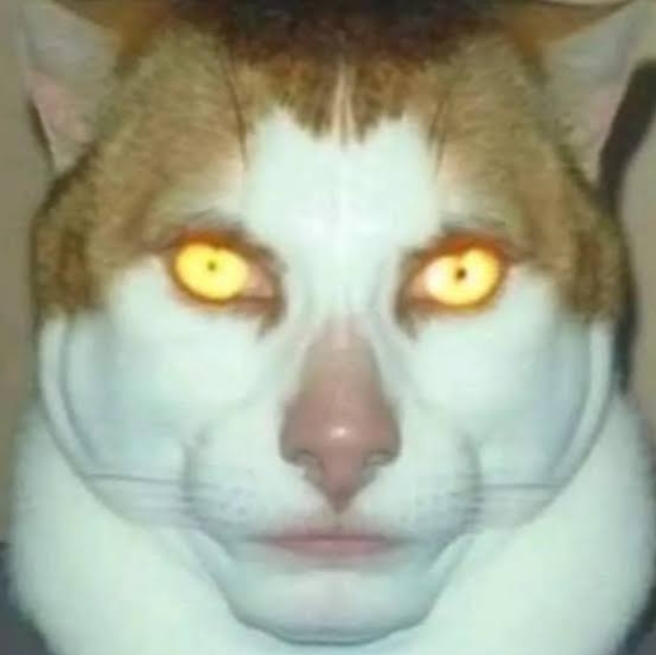Is the allure of the "sigma cat" more than just a catchy phrase, a fleeting internet trend? The concept of a "sigma cat" an independent, self-reliant feline navigating the world on its own terms has captivated the internet, raising questions about feline behavior, the human fascination with archetypes, and the very nature of cat-human relationships.
The "sigma cat," as a meme, exists primarily in the digital sphere. These cats, often depicted in memes and short videos, are presented as aloof, seemingly unconcerned with the typical feline pursuits of attention-seeking or elaborate displays of affection. They are portrayed as solitary figures, masters of their own domain, seemingly indifferent to the presence of humans or other animals. They are the embodiment of the "lone wolf" archetype, but within the fluffy, whiskered frame of a cat. But does this online persona reflect a real-world feline personality, and what are the implications of ascribing such human-centric traits to our feline companions?
The "sigma cat" is less about a specific breed or even a particular physical appearance, and more about a perceived personality. It is a construct, a convenient label applied to cats whose behaviors align with a human understanding of independence and self-sufficiency. This raises immediate questions about how we, as humans, perceive and interpret animal behavior. Are we projecting human ideals onto our cats? Or are we, perhaps, recognizing a genuine spectrum of feline personalities that extends beyond the commonly recognized categories of "affectionate" or "playful?"
To understand the origins of this meme and its significance, one must consider the broader cultural context. The "sigma male" and related terms have gained traction within online communities, often used to describe men who are perceived as independent, successful, and operating outside of traditional social hierarchies. The "sigma cat," then, can be seen as a parallel, a feline embodiment of these ideals. It taps into the human desire for independence and self-reliance, reflecting a certain yearning for autonomy, and a rejection of societal expectations, although these qualities are projected on a feline character.
It's important to differentiate between the "sigma cat" meme and actual cat behavior. While some cats may appear aloof or independent, and some may genuinely prefer their own company, the vast majority of cat behavior is driven by instinct and a complex interplay of genetic predisposition, environmental factors, and social interaction. Cats, regardless of their perceived "sigma" status, are still capable of forming strong bonds with humans and other animals. They are social creatures, even if their social dynamics sometimes appear more nuanced or less overt than those of other companion animals. Some studies have revealed that cats do seek out human interaction, even if it is at their own pace. This is because cats are not inherently antisocial or averse to relationships, even if they prefer to have some time alone. A cat's 'sigma' behavior would be an example of feline independence and would most likely be driven by a variety of factors.
The concept is also closely linked to the internet's impact on how we create and interpret social constructs. The internet allows us to instantly create and share information, and also facilitates the rapid spread of ideas, often generating trends and memes that reflect, and sometimes even influence, our collective consciousness. The "sigma cat," with its easily shareable image and catchy narrative, has perfectly suited the internet's rapid dissemination. This can lead to a misrepresentation of actual feline behavior and contribute to the creation of stereotypes.
Examining the "sigma cat" also provides an opportunity to examine our own perceptions of cats. The very act of categorizing animals, of assigning them labels and archetypes, reveals the human desire to understand and control the world around us. However, the human tendency to humanize animals, to ascribe human-like motivations and personality traits, can lead to misinterpretations and, possibly, misunderstandings of their true nature. It's a delicate balance between appreciating the unique characteristics of a cat and imposing a human worldview. Felines have unique characteristics, which is something the "sigma cat" meme makes people remember.
The popularity of the "sigma cat" meme is not just a matter of internet humor, but it also touches upon themes related to individualism, independence, and the complex relationship between humans and animals. It speaks to our fascination with personality, whether it's projected onto a human or onto a cat. In the end, the "sigma cat" is a reminder that the world of cats is far more varied and complex than any single label can suggest.


